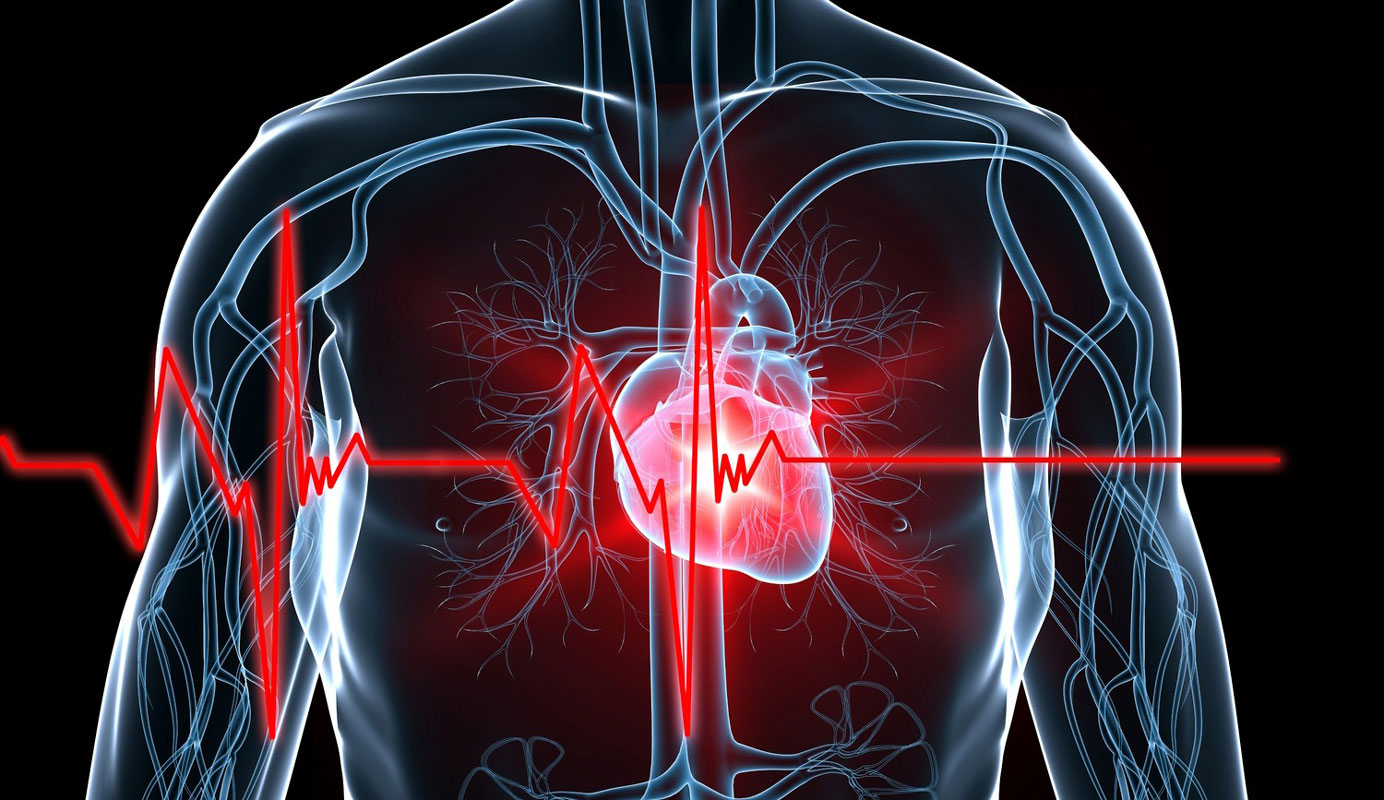Huntington UFSD and the Blue Devil athletic program are implementing the new Dominic Murray Sudden Cardiac Arrest Prevention Act, which took effect on July 1 after passing both houses of the New York State Legislature and being signed by Governor Kathleen Hochul.
The law requires schools, students, and parents/guardians to have information on sudden cardiac arrest risks, signs and symptoms. Fortunately, sudden cardiac arrest in children and youth is rare. The incidence of sudden cardiac death on the playing field is 0.61 in 100,000 according to one analysis.
Sudden cardiac arrest is an emergency that happens when the heart suddenly stops working. It can cause death if not treated immediately and even with treatment a fatality could occur. Immediate treatment is cardiopulmonary resuscitation and use of an automatic external defibrillator. All public schools must have a staff member trained in the use of CPR and AED in school and at all school athletic events. Every Blue Devil coach and physical education teacher is trained in both.
Preventing sudden cardiac arrest before it happens is viewed as the best way to save a life. A student’s family history and personal history must be shared with healthcare providers to help them know if the child is at risk for sudden cardiac arrest. Children should be asked if they are having any of the symptoms listed below and their healthcare provider should be so informed.
The signs and symptoms of sudden cardiac arrest include:
• Fainting or seizure, especially during or right after exercise or with excitement or startled
• Racing heart, palpitations or irregular heartbeat
• Dizziness, lightheadedness, or extreme fatigue with exercise
• Chest pain or discomfort with exercise
• Excessive shortness of breath during exercise
• Excessive, unexpected fatigue during or after exercise
Student’s personal risk factors include:
• Use of diet pills, performance-enhancing supplements, energy drinks or drugs such as cocaine, inhalants or recreational drugs.
• Elevated blood pressure or cholesterol
• History of health care provider ordered test(s) for heart related issues
Student’s Family History Risk Factors are:
• Family history of known heart abnormalities or sudden death before 50 years of age
• Family members with unexplained fainting, seizures, drowning, near drowning or car accidents before 50 years of age
• Structural heart abnormality, repaired or unrepaired
• Any relative diagnosed with the following conditions:
• Enlarged heart/ hypertrophic cardiomyopathy/dilated cardiomyopathy
• Arrhythmogenic right ventricular cardiomyopathy
• Heart rhythm problems, long or short QT interval
• Brugada Syndrome
• Catecholaminergic ventricular tachycardia
• Marfan Syndrome- aortic rupture
• Heart attack at 50 years or younger
• Pacemaker or implanted cardiac defibrillator
Sudden cardiac arrest in students at risk can be triggered by athletic activities. To decrease any chance of it in a student, the interval health history for athletics must be completed and signed by a parent/guardian before each sports season. This form has questions to help identify changes since the last physical examination or health history was completed. School personnel may require a student with health or history changes to see a healthcare provider before participating in athletics.
The new law also requires any student exhibiting signs and symptoms of pending sudden cardiac arrest be removed from athletic activity until seen by a physician, who must provide written clearance to the school for the student to be able to return to athletics.
